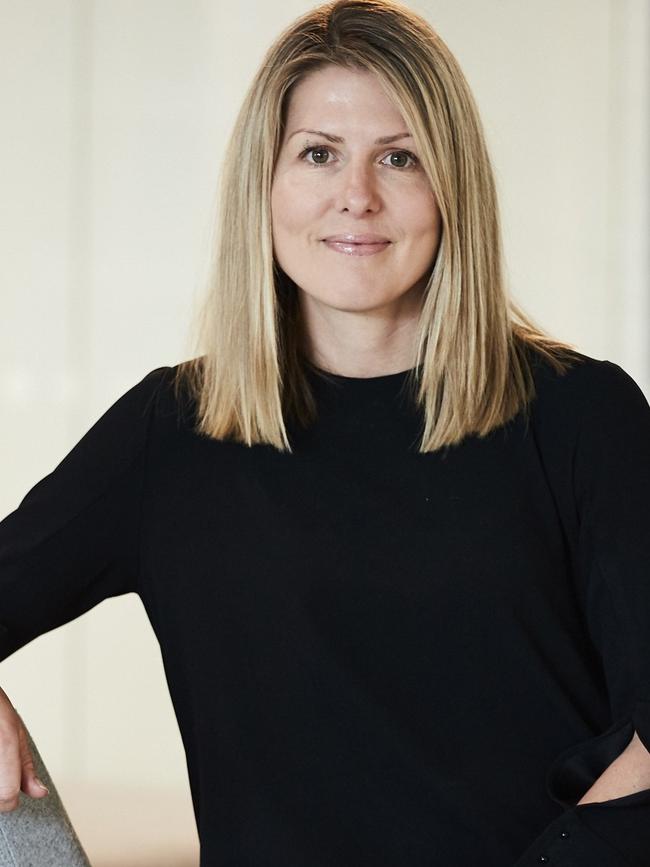PwC warns on the ‘gaping mismatch’ in our nation’s workplaces
Managers and staff are at odds over how culture plays out in their companies.

Culture may be the buzzword for business, but there’s increasing scepticism from employees that companies are practising what they preach.
A global survey by professional services firm PricewaterhouseCoopers reveals a 20 per cent drop in workers’ belief in culture during the past three years.
The “gaping mismatch” between attitudes of senior managers and their workforces is outlined in the PwC Global Culture Survey.
The 2021 survey examined the views of 3200 workers across more than 20 countries including Australia. It revealed culture was seen as a source of competitive advantage and a strategic priority for senior leaders, but that it is given a much lower priority by their followers.
The findings suggest the push in recent years to get workers to align with the purpose and values of their employers is going backwards.
In 2018, 66 per cent of frontline workers believed culture was more important than strategy or a company’s operating model, compared with 46 per cent this year.
And while 77 per cent of senior management say they feel a personal connection to the company’s purpose, only 54 per cent of the rest of the staff feel the same way. Another example: 85 per cent of senior management in Australian organisations say their organisation encourages open discussions on sensitive and uncomfortable topics, but only 56 per cent of middle management and below agree.
When it comes to diversity, equity and inclusion, 84 per cent of senior managers say they can bring their whole self to work, compared with 66 per cent of middle management and below.
Michelle Kam, partner at Strategy&, which is part of the PwC network, says culture is an urgent topic at a time when employee activism is increasing and immigration restrictions are making the war for talent even more intense.
She says her clients are trying to test more explicitly the perceptions and attitudes of staff and to question if they have the right “listening strategies” in place.
As well, leaders are trying to “battle their way through how to build culture in a virtual environment” with more people now working remotely.
“How can you ensure that there is greater visibility and openness because when you are not in the same room some micro-behaviours can be over-interpreted and under-interpreted,” she says.
“So setting the levels around intent and meaning become more important.” But she warns that the most common error made by managers is to confuse “connection and culture” and to think that working virtually will “kill culture” when in fact it just undermines connections.
Kam is a firm believer that it’s possible for people to “bring their whole selves to work”. She says: “I may be aspirational about this, but I think that people will give more of themselves if they feel that they are understood as individuals.”
She doesn’t accept that it is harder for big companies to develop cultures that treat their employees as individuals.
“I don’t think (size) should be an excuse,” she says. “I think that we will let big companies off the hook too easily if we allow for that. Organisations have lots of different pieces. There is not just one single culture but multiple subcultures, and they can cross divisions and teams and countries. When you take the whole ecosystem into account there is every opportunity to give individuals a place to be their authentic self.”
She says employee activism could be triggered by issues such as exclusion, misconduct and inequity: “Employees who are uncomfortable are unlikely to stay for long, and now more than ever they can’t be assumed to remain silent on their experience,”

Kate Evans of SHAPE Australia, a construction company specialising in interior fit-outs and refurbishment, argues that leadership is crucial to developing good culture and that cultural changes does not work if it is led from HR.
The group executive, people and culture says SHAPE lost its way and developed a “toxic culture” years ago when it grew rapidly, doubling in size in 18 months. Since then it has worked hard to build an inclusive and diverse culture for its 450 staff. It has broadened its recruitment to bring more women into the company and now 34 per cent of project managers are women. Only about 7 per cent are site managers compared with 2 per cent in the industry generally.
Evans says with women comprising only 18 per cent of the entire construction workforce, companies such as hers face a limited talent pool for staff.
The tradition has been “you go to university and do an engineering degree or a construction management degree and you pop out as a project manager; or you do a trade and learn to be a carpenter or electrician and you pop out as a site manager”.
Evans says SHAPE hasworked to break down that “closed mindset”, for example, by hiring architects who are then trained to become project managers.



